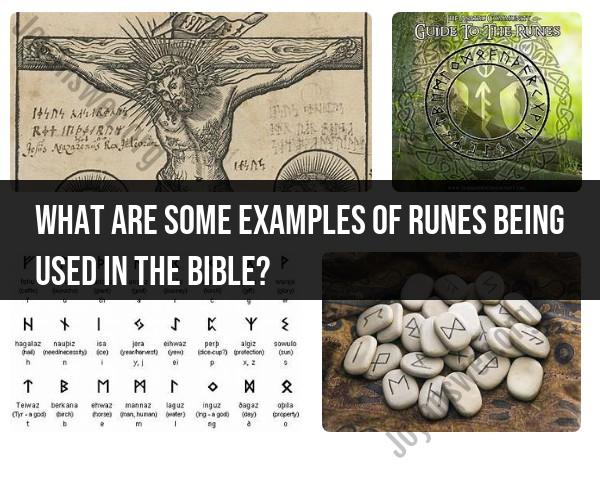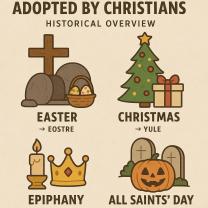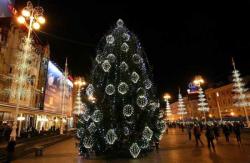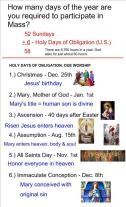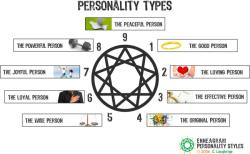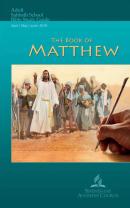What are some examples of runes being used in the Bible?
There is no evidence to suggest that runes, as traditionally understood in Norse and Germanic cultures, are used in the Bible. Runes are alphabetic characters that were historically used in various Germanic languages before the adoption of the Latin alphabet. The Bible, on the other hand, was primarily written in Hebrew (Old Testament) and Greek (New Testament), and later translated into other languages.
The Bible does contain various symbols, characters, and codes, but these are generally associated with the alphabets and writing systems relevant to the cultures and languages in which the texts were originally written. The use of runes is not part of the biblical tradition.
If there are claims or interpretations suggesting the use of runes in the Bible, it's essential to approach them critically and verify the sources. In many cases, these claims may be based on misinterpretations, misunderstandings, or attempts to draw connections between unrelated cultural and linguistic traditions. It's crucial to rely on scholarly research and linguistic expertise when examining such claims.
Are there instances of runes being referenced or used in the Bible?
No, there are no instances of runes being directly referenced or used in the original Hebrew, Aramaic, or Greek versions of the Bible. Runes are a writing system developed by Germanic peoples around the 2nd century AD, long after the Bible was written.
However, there are a few instances of the word "rune" being used in the Icelandic translation of the Bible, specifically in the apocryphal/deuterocanonical book of Ecclesiasticus.
Here are the specific verses:
- Ecclesiasticus 39:3: "Hann ræður rúnir spakmæla" (King James Version: "He will seek out the secrets of grave sentences")
- Ecclesiasticus 42:18: "ræður þær rúnir sem stýra heimsrás" (King James Version: "he beholdeth the signs of the world")
In these instances, the word "rune" is used to translate the Hebrew word "ḥidah," which can mean "riddle," "secret," or "mystery." It is possible that the Icelandic translator chose the word "rune" because it had a similar connotation of hidden knowledge or wisdom.
It is important to note that the apocryphal/deuterocanonical books are not considered part of the Hebrew Bible or the Protestant Christian Old Testament. They are, however, considered part of the Catholic and Eastern Orthodox canons.
Therefore, while there is no direct evidence of runes being used in the original text of the Bible, there is some indirect evidence in the Icelandic translation of a non-canonical book.
